News
Understanding the Role of Inverters in Solar Power Systems
Click: 909 Date: 02/01/2024 2::15::09 PM
Understanding the Role of Inverters in Solar Power Systems
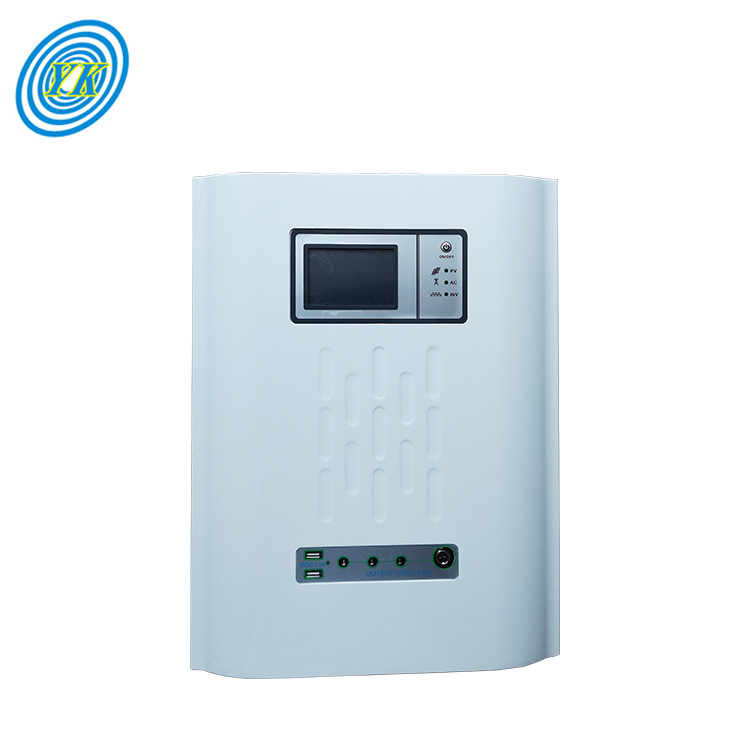
The Crucial Role of Inverters in Converting DC to AC Power
An inverter serves a pivotal role in a photovoltaic (PV) system and solar energy generation, transforming the DC output of a string of PV modules panel into AC power. This conversion is crucial due to the preference for AC power over DC power. AC power can be amplified in voltage via a transformer more easily than DC and is more cost-effective to transmit over long distances. Furthermore, most electricity grids operate on AC, making it necessary for solar panels that produce DC to convert to AC.
Microinverters: A Closer Look
Microinverters, installed on each solar panel, convert DC power to AC power at the panel level, eliminating the need for a string or central inverter. They help mitigate the detrimental effects of shading and prevent a single point of failure within the system. Despite being more expensive in terms of hardware and labor, they create more potential points of failure within the system, hence their rare use in commercial systems.
Battery Inverters: A Key Component
Like solar panels, batteries output DC power and thus require inverters. Unlike solar inverters, battery inverters are typically connected to a site controller that decides when to charge or discharge the batteries. These inverters can operate in both directions, enabling AC power to convert to DC power to charge batteries.
Inverter Efficiency: A Key Consideration
Inverter efficiency refers to the percentage of DC power input that comes out as usable AC power. While no inverter is 100% efficient, some come close under favorable conditions. During the conversion from DC to AC, power is lost in the form of heat. Thus, inverter efficiency is a significant factor to consider in the selection process.
Inverter Types: String Inverters and Microinverters
Two common types of inverters are string inverters and microinverters. String inverters convert DC electricity produced by groups of solar panels into usable AC electricity. They are considered a mature solar technology that has proved effective, safe, and reliable. On the other hand, microinverters convert DC produced by a single solar panel into AC. They are commonly connected to and installed at the site of, or behind, each individual solar panel in an array.
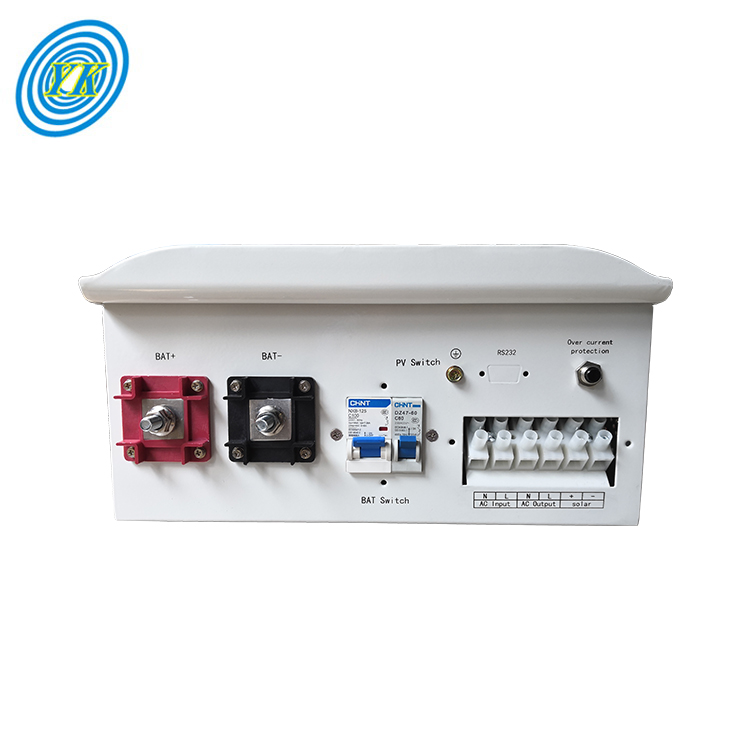
Delving into Various Types of Inverters: Grid-Connected vs Standalone
There exist three primary types of solar panel systems: grid-connected, standalone, and hybrid solar systems. Each type has a distinct setup that influences the equipment used, the complexity of installation, and crucially, your potential costs and savings.
Grid-Connected Solar Systems
Grid-connected, also known as utility-interactive or grid-backfed, refers to a solar system that is connected to the utility power grid. The DC electricity produced by the solar panels is directed to the inverter, which transforms the power into AC electricity. This electricity is initially consumed by home loads, while any excess energy is returned to the grid, earning you credit towards your electric bill.
Key advantages of grid-connected systems include:
Lower upfront costs and easier installation
The ability to use the utility grid as a virtual battery
No need for a battery to function, reducing maintenance requirements
The essential equipment for grid-connected systems includes a grid-tie inverter (GTI) and microinverters. GTIs regulate the voltage and current received from your solar panels, converting DC into AC. They also synchronize the phase and frequency of the current to align with the utility grid. Microinverters, on the other hand, are mounted behind each solar panel instead of a single central inverter handling the entire array.
Standalone Solar Systems
Standalone solar systems, also known as off-grid, are the alternative to grid-connected systems. They require high-capacity battery storage and a backup generator to ensure continuous power supply. However, batteries are complex, expensive, and can reduce overall system efficiency. Standalone systems typically use lead-acid batteries due to their lower cost compared to newer, more efficient lithium-based solar batteries.
Advantages of standalone systems include:
Ability to install in areas without grid access
Potential for energy self-sufficiency
The typical equipment for standalone systems includes a solar charge controller, battery bank, DC disconnect switch, and off-grid inverter. The solar charge controller limits the current delivered to the battery bank, protecting it from overcharging. The battery bank stores the electricity generated by the solar panels. The DC disconnect switch is used to stop the current flowing between the battery bank and the off-grid inverter, safeguarding against electrical fires.
Hybrid Solar Systems
Hybrid solar systems merge the benefits of grid-connected and standalone systems. These systems can be categorized as either off-grid solar with utility backup power, or grid-connected solar with additional battery storage. Hybrid systems are less expensive than standalone systems, as they don't necessitate a backup generator, and the size of the battery bank can be reduced.
The standard components for hybrid solar systems include a charge controller, battery bank, DC disconnect switch, and battery-based grid-tie inverter. Hybrid inverters can draw power from and send power to battery banks, as well as synchronize with the utility grid.
In conclusion, for most homeowners, using the utility grid for electricity and energy storage is significantly cheaper and more practical than using battery banks and/or backup generators
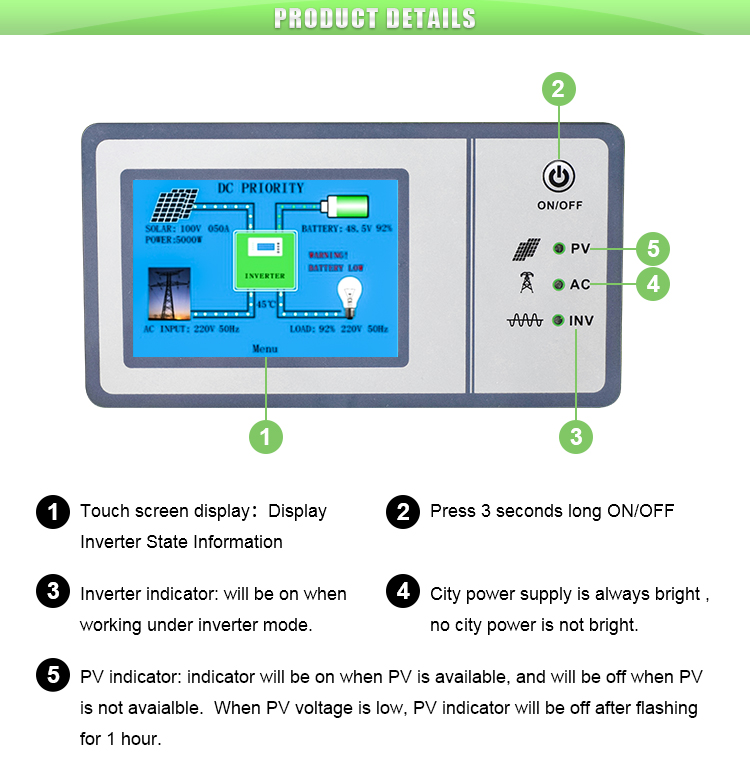
To maximize efficiency with built-in MPPT in solar inverters, it's crucial to understand the role of the inverter and how it interacts with the solar power system. An inverter changes the direct current (DC) from solar panels into alternating current (AC), which is what we use in our homes and businesses. The efficiency of the inverter drives the efficiency of a solar panel system.
One common practice to optimize the system's output is oversizing the panel array. This practice is often used if your inverter has a second MPPT (maximum power point tracker) input which is currently unused. However, it's essential to consult with an installer or post-installation specialist about the exact options and benefits.
Another important aspect to consider is the efficiency curve of the inverter. Each inverter has its own individual efficiency curve, and the efficiency is greatest overall if you have a system output that matches the inverter's 'sweet spot'. If the system output exceeds this point, the efficiency drops off fairly quickly. Therefore, it's generally recommended to oversize the inverter to avoid potential losses that occur when the system output falls into the 'dead zone' below the sweet spot.
Moreover, the efficiency of a solar system can also be influenced by the temperature of the panels. Higher temperatures can dramatically affect the output of the panels. Therefore, it's important to ensure that the panels are installed in a location where they won't become excessively hot.
Lastly, the type of inverter used can also impact the efficiency. Grid-tie systems are becoming more popular as the price of solar drops and electric rates go up. There are several brands of grid-tie only (that is, no battery) inverters available. All of these have built-in MPPT, and efficiency is around 94% to 97% for the MPPT conversion on those.
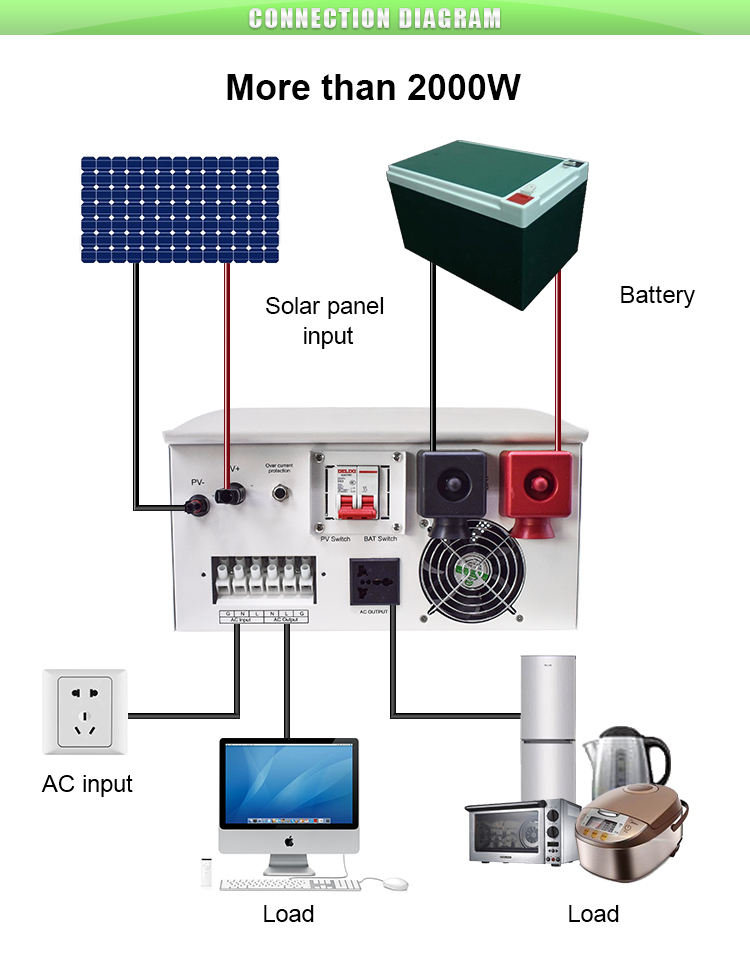
The impact of inverter design on solar power harvesting is significant due to the role that inverters play in converting direct current (DC) voltage produced by photovoltaic (PV) panels into alternating current (AC) that can be used in homes and businesses. Various factors influence the efficiency of this conversion process, making the design of the inverter crucial.
One such factor is the type of waveform produced by the inverter. According to a review by Vishwitha and Bhat (2019), among the various inverter architectures, the sine wave inverter offers the highest efficiency and produces the lowest amount of harmonic noise. This is because the sine wave closely mimics the shape of the AC signal generated by traditional utility power, minimizing the potential for interference with other electronic devices.
Another key aspect of inverter design is the integration of Maximum Power Point Tracking (MPPT) control. MPPT control optimizes the power output of the PV panels by adjusting the operating condition of the panels to maximize the product of current and voltage. This feature significantly improves the overall efficiency of the solar power system.
The choice of semiconductor device used in the inverter also plays a crucial role. For instance, compared to Metal Oxide Semiconductor Field-Effect Transistors (MOSFETs), Insulated Gate Bipolar Transistors (IGBTs) offer easier drive control and better efficiency.
Lastly, the use of FPGA/Microcontroller-based designs allows for reprogrammability and ensures a reliable design. These designs can accommodate changes in the system parameters and provide flexibility in implementing different control strategies.
In conclusion, the design of the inverter has a profound impact on the efficiency and performance of solar power harvesting. Therefore, careful consideration should be given to the selection of inverter architecture, integration of MPPT control, choice of semiconductor devices, and the use of programmable designs.
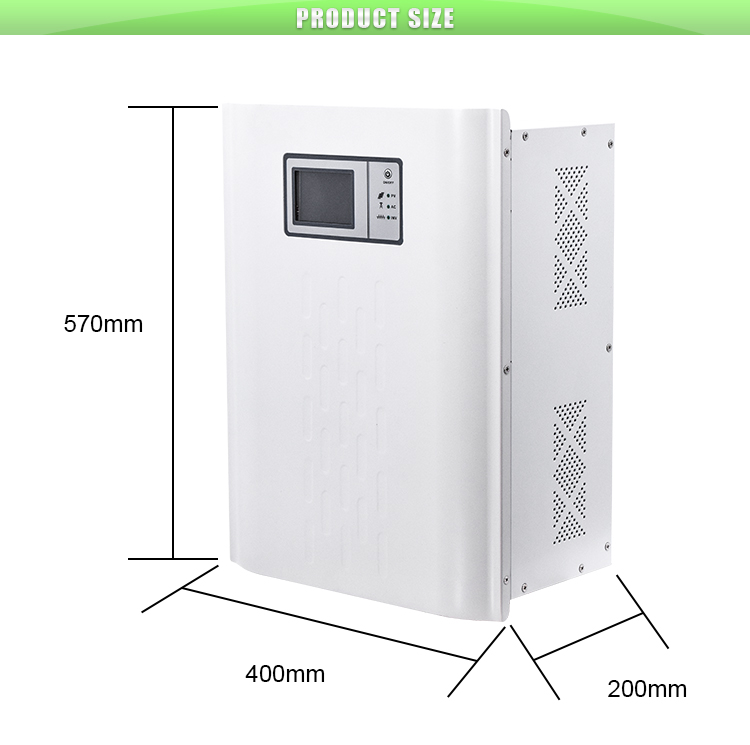
The future of inverter manufacturing is shaping up to be exciting, with several trends and predictions indicating a dynamic landscape ahead. One of the key areas of interest is the integration of advanced technologies such as artificial intelligence (AI), machine learning, and IoT into inverter designs. These technologies aim to optimize performance, reduce energy consumption, and enhance reliability.
AI and machine learning algorithms are being utilized to predict faults and optimize operation, significantly reducing downtime and maintenance costs. For instance, machine learning algorithms can analyze data from sensors installed in the inverter to predict potential failures, allowing for timely intervention and preventive measures.
Moreover, the Internet of Things (IoT) is playing a crucial role in enabling remote monitoring and control of inverters. This technology allows users to monitor their inverter's status, receive alerts for any anomalies, and even perform certain operations remotely. This feature is particularly beneficial for off-grid installations where physical access to the inverter might be challenging.
Another significant trend is the shift towards more efficient inverter designs. As demand for renewable energy continues to grow, there is increasing pressure on inverter manufacturers to develop products that can convert solar energy into usable electricity with minimal loss. This has led to advancements in inverter efficiency, with many modern inverters boasting efficiencies above 95%.
Lastly, the advent of microinverters could revolutionize the way we generate and distribute solar power. Unlike traditional string inverters that require all panels in a group to have identical output, microinverters allow each panel to operate independently, maximizing overall system efficiency. However, this trend comes with its own set of challenges, including the need for more sophisticated battery management systems.
In conclusion, the future of inverter manufacturing is characterized by the integration of advanced technologies, increased efficiency, and the rise of microinverters. While these trends present numerous opportunities, they also pose challenges that must be addressed to ensure the continued growth and success of the industry.